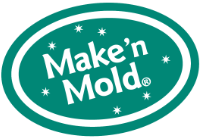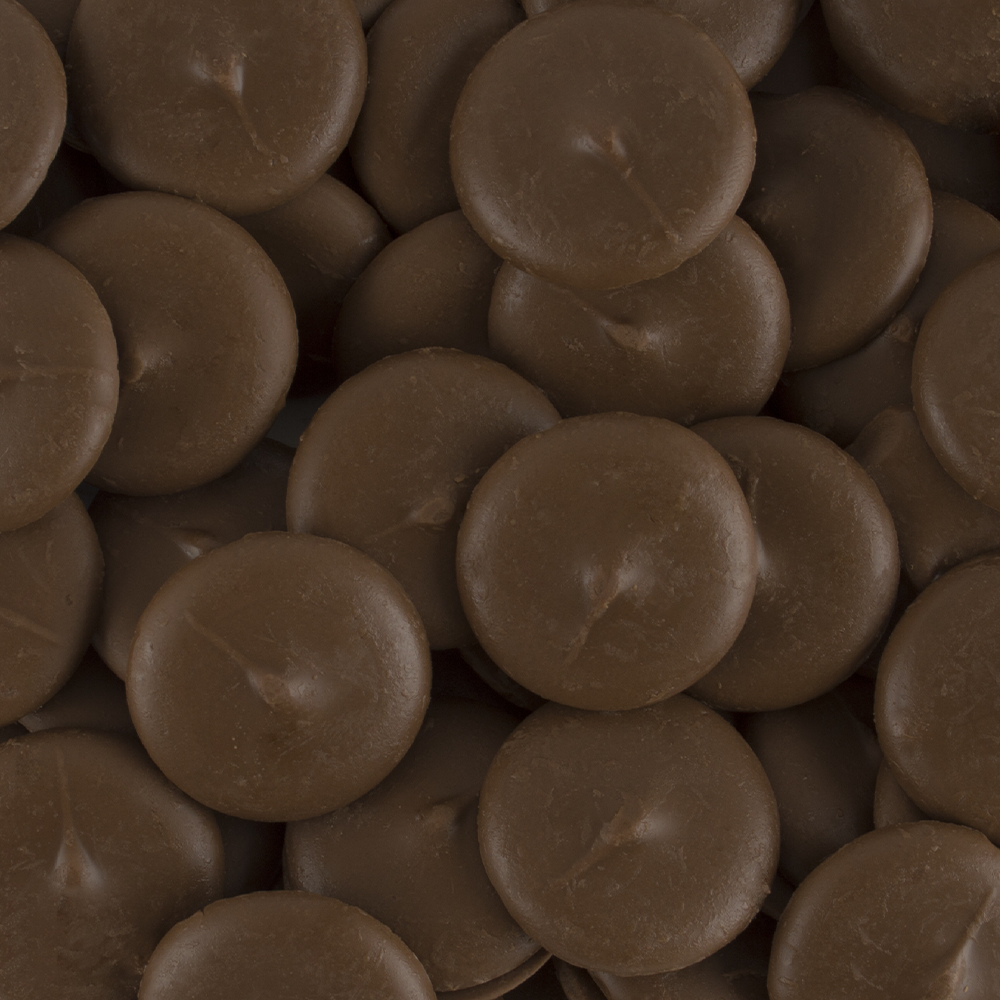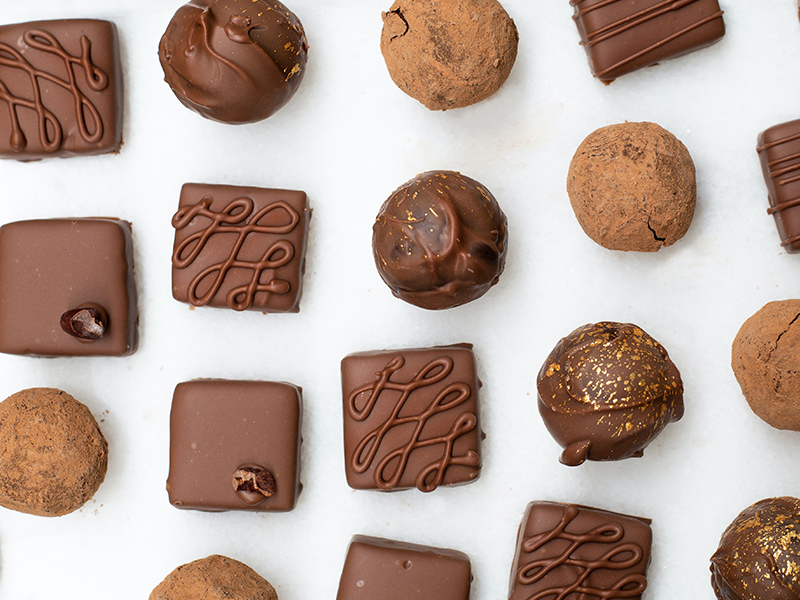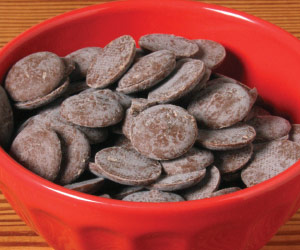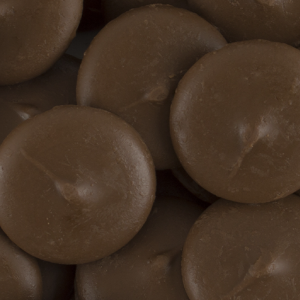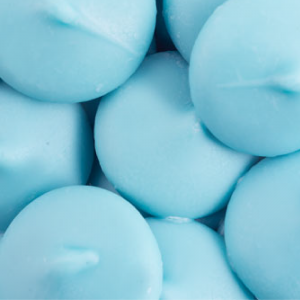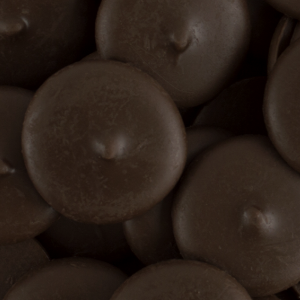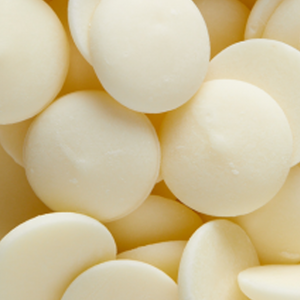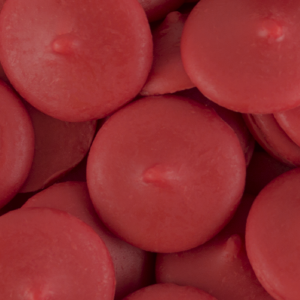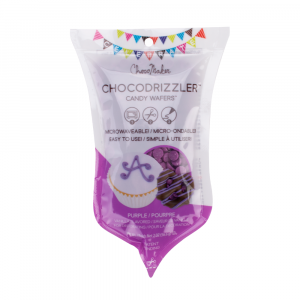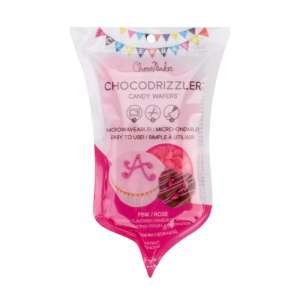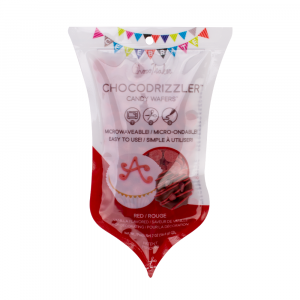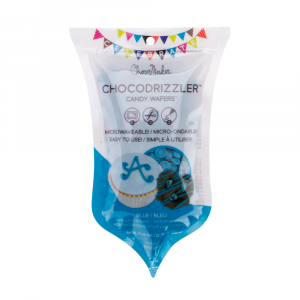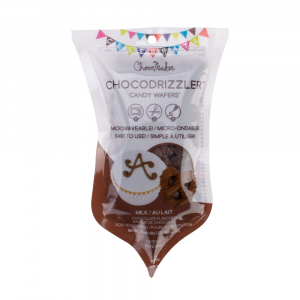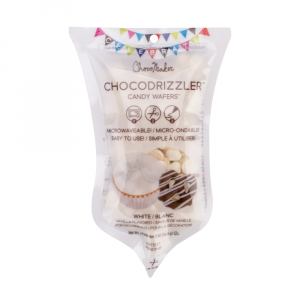Candy making 101
Did I Melt My Candy Wafers Correctly?
Directions
1. Properly Melted Wafers
This is how melted candy should look as it runs off of a spoon. The candy will be very thin (or “less viscous” if you want to be fancy) and run freely. This candy was melted completely, but not over heated.

2. Thick or “Goupy” Wafers
This can be a sign that trace amounts of moisture have gotten into your wafers, or that wafers were slightly over heated; in some cases, wafers that are over a year old can have less fluidity when melted. These situations can be helped by adding a small amount of shortening or Paramount Crystals to the wafers to thin them out. Start with a teaspoon for every 8 ounces of candy and go up from there.

3. Burned Candy Wafers
This situation can range from very thick, chunky candy wafers to having dry patches of physically burnt candy. Do not try to save this product, it will taste burnt and the workability will be nearly impossible.

4. Seized Candy Wafers
Ah, the most unsightly of all situations in candy making. In this case, some serious moisture has come into contact with your candy. Using water-based colors, alcohol-based flavorings, a wet bowl, or simply a wet utensil for stirring are all known for causing this disaster. Discard this mess and start again. (Don’t forget to dry the bowl after you wash it.)

5. Bloomed Candy, “Sugar Bloom”
This happens when the sugar portion of your candy is exposed to moisture and the sugar melts. Although sometimes these wafers can be re-melted and work fine, do not count on that. Once moisture meets candy wafers, generally you will never have the same workability again. Try re-melting before you toss them, but if they resemble the “goupy wafers,” you may not want to waste your time trying to salvage them.

6. Bloomed Candy Wafers, “Fat Bloom”
This is a common sight, usually noticeable on candy wafers that have been stored in an environment with inconsistent temperatures. Fat bloom is when the fat from the candy has separated slightly due to change of temperature, then re-settled on the surface. The candy is completely fine and the fat will mix back in once it is melted. If this happens on a finished candy piece, it is because the wafers were not shock-chilled. Unfortunately, this is one of those things that many candy makers learn the hard way.



